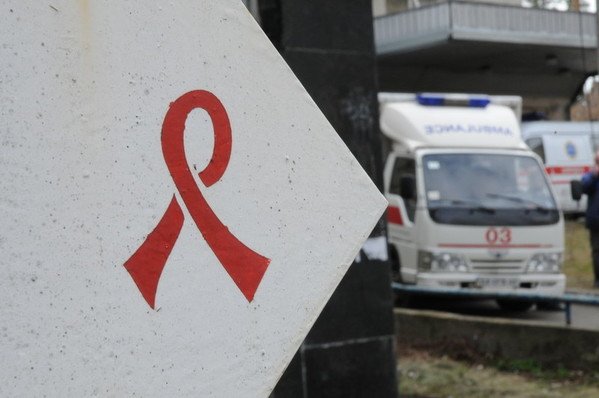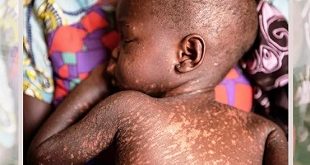
Geneva, Switzerland | AFP |
The World Health Organization warned on Tuesday that nearly half of all people with HIV around the globe do not know they are infected, and called for broader access to at-home testing kits.
The UN health agency said that 40 percent of people with the virus that causes AIDS, or more than 14 million people worldwide, are unaware of their status, according to 2015 estimates.
However, that marks a huge improvement from a decade earlier when only 12 percent of people with HIV were estimated to know they had the virus.
But the continued lack of diagnoses remains a major obstacle to implementing WHO’s recommendation for everyone with HIV to be offered anti-retroviral therapy (ART).
Today, more than 80 percent of those diagnosed with HIV are receiving ART, but that is still less than half of the 36.7 million people believed to be living with the virus.
“We still have a major treatment gap,” Gottfried Hirnschall, head of WHO’s HIV department, told reporters in Geneva, warning that “many people actually get to treatment late because they don’t know they are HIV positive”.
WHO chief Margaret Chan said that making home testing kits more easily available could make a dramatic difference.
“HIV self-testing should open the door for many more people to know their HIV status and find out how to get treatment and access prevention services,” she said in a statement.
HIV self-testing allows people, in the privacy of their own homes, to use oral fluid or blood from a finger prick to determine their status in about 20 minutes, while new tests are being developed that work even faster.
Record infections
WHO urges anyone who tests positive to seek confirmatory tests at a health clinic, where they can receive information about the disease and how to get counselling, as well as rapid referral to prevention, treatment and care services.
Self-testing has been shown to nearly double the frequency of HIV testing among men who have sex with men, and recent studies in Kenya found that the male partners of pregnant women were twice as likely to get tested if they were offered self-testing, WHO said.
Twenty-three countries currently have national policies in place supporting HIV self-testing while others are developing such policies, but WHO warned that in much of the world wide-scale access to the tests remains limited.
And in countries where they are easily accessible they are often pricey, as in the United States where they can be bought in most chemists at around $40 (37.67 euros) a piece.
“We would really like to emphasise that they should ideally be free,” said Rachel Baggaley of WHO’s HIV prevention unit.
WHO said it was supporting a project in three southern African countries — Malawi, Zimbabwe and Zambia — aimed at making free home testing kits widely available, and said a number of other countries were interested in joining the initiative.
More testing is also needed in other regions, with the EU and WHO reporting on Tuesday that one in seven people with HIV in Europe is unaware of their infection, as 2015 marked another record year for new HIV cases in the region.
Europe registered 153,407 new cases, up from 142,000 in 2014, the WHO said, a jump driven by cases in Russia and immigrants who acquired the virus after arrival.
Hirnschall acknowledged on Tuesday that the rate of new HIV infections globally had stopped declining in recent years and had stagnated at around 2.1 million annually, voicing hope that increased testing could help turn that trend
 The Independent Uganda: You get the Truth we Pay the Price
The Independent Uganda: You get the Truth we Pay the Price



